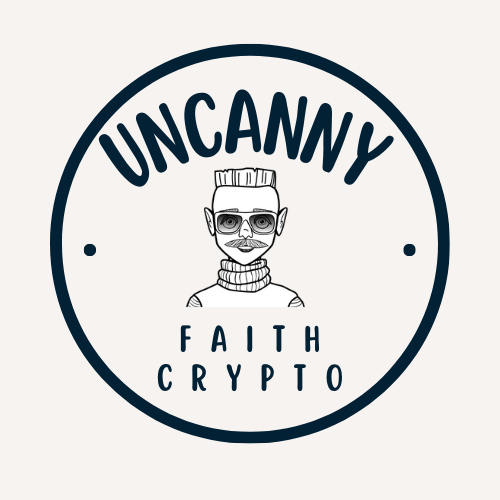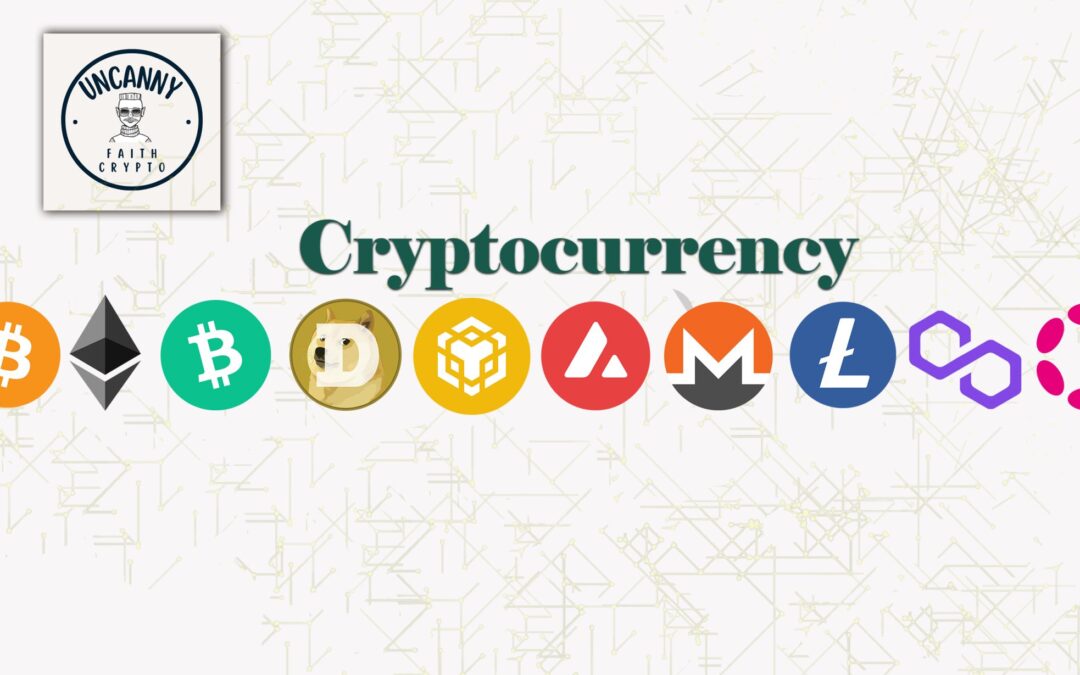Title: Tezos (XTZ) 2025: Key Trends and Predictions Shaping the Future of Blockchain
Introduction: The Path Ahead for Tezos (XTZ)
As blockchain technology evolves rapidly, many cryptocurrencies are adapting, innovating, and expanding their focus to remain relevant. Tezos (XTZ) is one of the standout projects in this space with its unique governance model, scalability potential, and eco-friendly proof-of-stake (PoS) system. As we look ahead to 2025, Tezos is increasingly capturing attention, not just from crypto enthusiasts but also from businesses, developers, and institutional investors. With its growing use cases and forward-thinking upgrades, it’s no wonder that people are asking, "Where is Tezos headed in the upcoming years?"
In this article, we’ll explore Tezos 2025: Key Trends and Predictions Shaping the Future of Blockchain. By addressing the bigger picture, decoding current developments, and identifying potential opportunities for growth, this in-depth piece will provide you with a clear roadmap of what to expect from Tezos by 2025 and beyond.
Let’s dive into the details.
What Makes Tezos Unique in the Blockchain Ecosystem?
Before we jump into predictions for 2025, it’s crucial to understand what differentiates Tezos from other blockchains. In a market dominated by Ethereum, Solana, and Cardano, Tezos takes a distinct approach in several areas:
-
Self-Amendment and Governance:
Tezos supports a self-amending blockchain, meaning that its protocol can upgrade itself automatically without requiring disruptive network hard forks. This streamlines governance and ensures continuous improvement with broad community support. -
Liquid Proof-of-Stake (LPoS):
Tezos adopts a liquid proof-of-stake consensus mechanism, focusing on low energy consumption. This makes it sustainable compared to traditional proof-of-work blockchains like Bitcoin. As ESG (Environmental, Social, and Governance) investing becomes a focus globally, Tezos stands out as a green blockchain solution. -
Smart Contracts and Security:
Tezos uses its native Michelson programming language, focusing on security and formal verification. Industries requiring high levels of precision, such as finance and supply chain, are attracted to this feature. - Developer- and Ecosystem-Friendly:
Tezos has built strong ties with institutional players like Deloitte, Société Générale, and Ubisoft while maintaining developer incentives and upgradeable smart contracts—all key factors leading to steady global adoption.
With these foundational elements in mind, let’s explore the trends shaping Tezos in 2025.
Key Trends to Watch for Tezos by 2025
1. Dominance in the NFT Arena
The blockchain gaming and NFT landscape exploded over the last few years. Platforms like Ethereum have dominated this sector, but challenges such as high gas fees and environmental concerns have forced developers and artists to explore alternatives. Tezos has positioned itself as a leader in eco-friendly NFTs, offering minimal transaction fees and low energy consumption.
Where Tezos Is Headed:
- By 2025, Tezos could surpass newcomers and establish itself as the go-to platform for sustainable NFT development. Artists, galleries, and global brands are already using Tezos for minting NFTs, and partnerships with institutions like the French Open underscore its traction in this area.
- With trends pointing towards mainstream adoption of blockchain collectibles, Tezos’ scalability upgrades will likely help developers and NFT creators scale NFT projects without the hefty costs seen on other chains.
2. Increased Focus on DeFi
Decentralised Finance (DeFi) remains a cornerstone of the blockchain industry. However, Tezos has been slower to adopt DeFi-related solutions than its competitors due to its focus on governance and security. That said, this is changing rapidly, with projects like Quipuswap, Plenty DeFi, and Kolibri paving the way for a robust DeFi ecosystem on Tezos.
Prediction for 2025:
- Tezos could emerge as a low-risk alternative for institutional adoption in DeFi, thanks to its robust security measures.
- Expect innovations in yield farming, decentralised insurance, and low-slippage automated market makers (AMMs) to dominate Tezos’s DeFi landscape.
- With the development of interoperable bridges between blockchains, Tezos could break down barriers, allowing users to seamlessly move assets across major ecosystems like Ethereum and Solana.
3. Enhanced Scalability with Layer 2 Solutions
Scalability is an ongoing challenge for most blockchains. Tezos has already implemented several upgrades, such as the Granada and Hangzhou protocols, which optimise gas fees and block times. However, as user adoption grows, scalability issues require long-term solutions.
Trends to Watch:
- Layer 2 solutions, like rollups (a Layer 2 scaling technique), will likely become fully functional on Tezos. These upgrades will enable faster and cheaper transactions.
- Tezos may also explore sharding, a method of splitting networks into smaller “shards” to distribute the load and boost throughput significantly.
- By 2025, scalability improvements could allow developers to build enterprise-level applications that push Tezos to the forefront of blockchain technology.
4. Tezos in Real-World Applications
Tezos has had notable real-world partnerships, from enterprise collaborations with major corporations to government-backed pilots in blockchain voting systems. Its flexibility and security make it versatile across industries like supply chain management, gaming, and finance.
Prediction:
- Institutions will continue applying Tezos across various use cases. For example, its strategic enterprising with Société Générale for tokenised assets indicates a promising future in regulated financial products.
- Governments may experiment with Tezos for blockchain-based voting dashboards, utilising its formal verification features for corruption-resistant elections.
- Brands embracing blockchain for customer loyalty rewards, gamification, and sustainability may increasingly opt for Tezos due to its energy-efficient design.
5. Heightened Competition with Other Blockchains
While the blockchain space will continue to expand, competition will intensify by 2025. Tezos will need to fundamentally strengthen its ecosystem and developer community to compete with projects like Ethereum (post-merge), Avalanche, or Cardano.
How Tezos Will Adapt:
- Tezos could further simplify onboarding for developers by offering tools that compete with Ethereum’s Solidity-based environment.
- Inter-chain operability will likely be a major focus for Tezos, enabling seamless communication with other blockchain networks while preserving its unique capabilities.
- Differentiating itself as the green and governance-first blockchain could help Tezos carve out a niche that other platforms might struggle to replicate.
6. Growing Community and Staking Ecosystem
Tezos has one of the most participatory staking systems in cryptocurrency. Its liquid proof-of-stake (LPoS) protocol encourages active validators (or “bakers”), which secures the network while providing passive income opportunities for token holders.
What Will Change by 2025:
- Participation rates for staking could soar, especially as more token holders see XTZ as a long-term store of value.
- Enhanced staking rewards may foster loyalty within the community while attracting new investors seeking passive income options.
- Expect the rise of innovative staking features, including delegation rewards that allow even small XTZ holders to participate in governance seamlessly.
Expert Predictions for Tezos 2025: A Bright Future?
Experts predict that Tezos’ price and adoption could grow significantly as blockchain technology becomes mainstream. Various factors—like rising demand for eco-conscious platforms, increased NFT adoption, and partnerships with institutional clients—paint an optimistic picture for Tezos in 2025.
Financial analysts suggest that XTZ could reach a strategic price range of $10 to $15 by 2025, assuming it continues to deliver on its roadmap and compete against prominent blockchain players. However, fluctuations in the broader crypto market, regulatory developments, and technological challenges remain risks to consider.
FAQs About Tezos’ Future
1. Why Should I Invest in Tezos (XTZ)?
Tezos offers a sustainable and highly scalable blockchain with strong security features, especially for those interested in DeFi or eco-friendly projects. However, always do your own research before investing.
2. Can Tezos Compete with Ethereum by 2025?
While Ethereum’s large ecosystem gives it an edge, Tezos has carved its niche in governance, security, and sustainability. By 2025, these factors might set it apart in specific verticals, such as regulated finance and real-world tokenisation.
3. Is Tezos a Good Blockchain for Developers?
Yes, Tezos provides an upgradeable environment with lower costs and secure coding for developers. Building dApps or integrating smart contracts is seamless, and the community provides useful support.
Conclusion: A Promising Future for Tezos in 2025
Tezos isn’t just another blockchain—it’s a project with long-term potential rooted in innovation, sustainability, and adaptive governance. While challenges like heightened competition remain, the proactive measures Tezos has taken in scaling, NFT advancements, and partnerships could help this blockchain thrive within and beyond 2025.
As we move towards a decentralised, tokenised future, keeping an eye on Tezos (XTZ) and its key trends and developments in 2025 could prove critical for enthusiasts, developers, and investors alike. So, are you ready to ride the wave of Tezos’ evolution? The future is already being written on the blockchain.
Recommended Content:
- Top 5 Eco-Friendly Cryptocurrencies to Watch in 2025
- How Tezos Is Changing Blockchain Governance as We Know It

